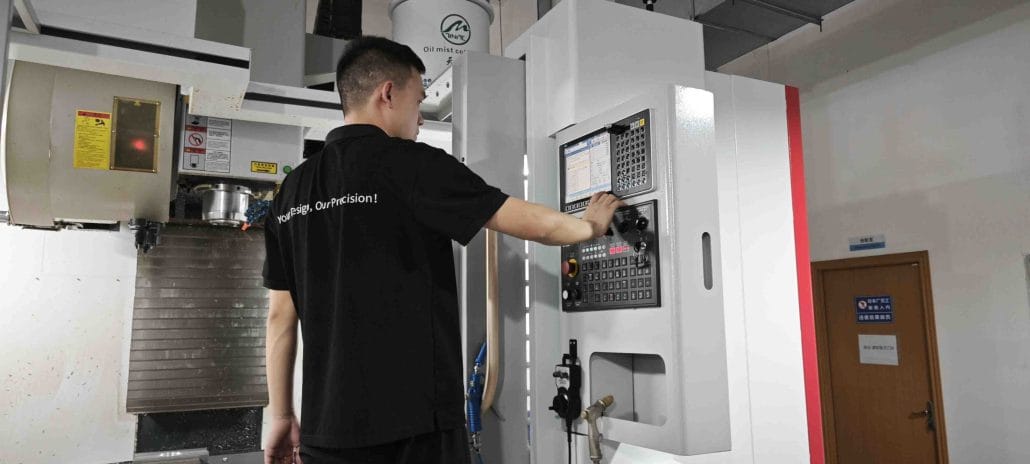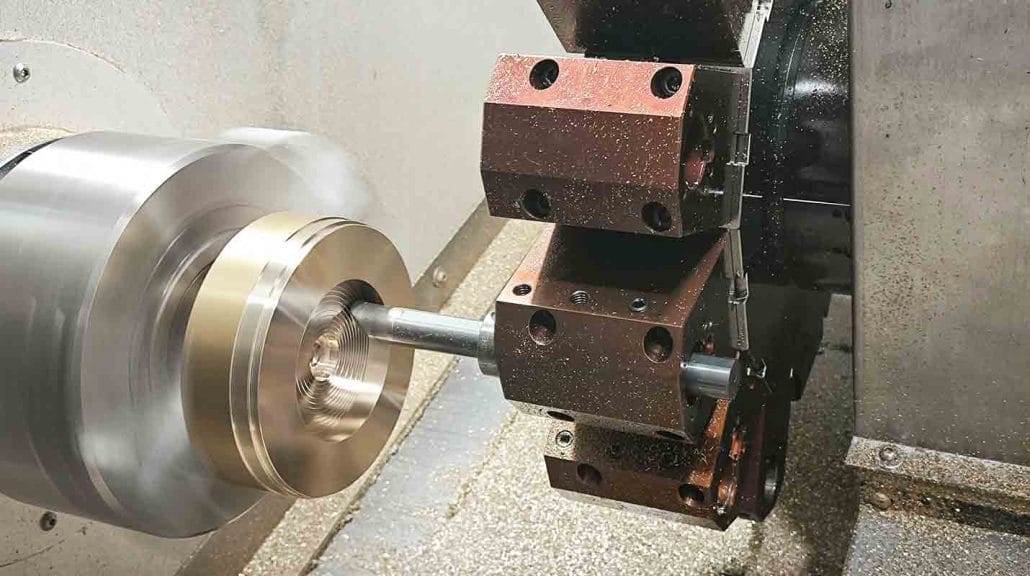Are you interested in the world of CNC manufacturing and machining? Are you looking to learn more about the intricacies of CNC turning and the role that offsets play in this incredibly precise process? Look no further than this informative and persuasive blog article, brought to you by a leading CNC machining manufacturer with expertise in precision CNC turning machining.
What is the Offset in CNC Turning?
CNC turning machines require the cutting tool to be precisely aligned with the workpiece. The offset is a distance between the centerline of the cutting tool and the centerline of the workpiece. The cutting tool’s position is adjusted to account for the offset, ensuring that the material is removed from the workpiece at the correct location and angle. The offset is expressed in X, Y, and Z-axis values, relative to the workpiece’s center.
First, let’s define what we mean when we talk about the offset in CNC turning. Essentially, offset refers to the distance between the centerline of the workpiece and the cutting tool. In order to achieve the precise cuts and intricate shapes required in CNC turning, the cutting tool needs to be positioned at just the right distance from the workpiece. This is where offsets come into play.

There are a few different types of offsets that are commonly used in CNC turning. These include:
- Tool length offset: This type of offset adjusts the distance between the spindle and the cutting tool. By changing the tool length offset, the operator can ensure that the cutting tool is positioned at the correct distance from the workpiece.
- Tool radius offset: This type of offset adjusts for the size of the cutting tool itself. By accounting for the diameter of the tool, the operator can ensure that the tool is cutting at the correct distance from the workpiece.
- Geometry offset: This type of offset adjusts for the shape of the tool and the type of cuts being made. By adjusting the geometry offset, the operator can ensure that the tool is creating the precise shape and dimensions required by the design.
Why is Offset Important in CNC Turning?
So, why are offsets so important in CNC turning? The answer comes down to precision. In order to create parts and components with extremely tight tolerances, it is essential to have complete control over the positioning of the cutting tool. Even the slightest deviation from the correct offset can result in a part that is out of spec and unsuitable for use.
The offset affects the accuracy and precision of the final product. Incorrect offset values can cause the cutting tool to remove material from the wrong location, leading to dimensional errors or deviation from the design specification. The offset must be precisely set according to the workpiece’s design, material, and required machining operations. Additionally, the cutting tool’s parameters, such as diameter, length, and geometry, must be considered when determining the offset values.
As a leading CNC machining manufacturer with expertise in precision CNC turning machining, we understand the importance of offsets and the role they play in the manufacturing process. That’s why we use the latest software and technology to ensure that our machines are always calibrated to the correct offsets for each job. By taking a meticulous approach to CNC turning and paying close attention to every detail, we are able to deliver parts and components that meet even the most demanding standards.

How Does the Offset Affect the Final Product’s Quality?
The offset plays a vital role in achieving the required surface finish, dimensional accuracy, and geometrical tolerance. Precision CNC turning machines rely on accurate offset values to produce parts that meet the required specifications. The offset values must be adjusted, based on the material’s properties, such as hardness, ductility, and toughness. The operator must also consider the cutting tool’s wear and tear and change it when necessary.
How to Determine the Offset Value
Determining the offset value involves a series of calculations based on the workpiece’s geometry and the tool’s parameters, such as its radius and orientation. Manual calculation is a time-consuming and error-prone process, which is why most CNC machines are equipped with automatic tool offset measurement systems.
These systems use a probe to measure the tool’s position and adjust the offset value automatically based on the results. This not only saves time but also eliminates human error from the calculation process.
Benefits of the Right Offset Value
Using the correct offset value ensures that the CNC machine produces parts to the desired specifications, reduces production time, and increases productivity. It also minimizes the risk of scrap or rework, which can be time-consuming and expensive.
Furthermore, the use of precise offset values can help extend the tool life and reduce tool wear, resulting in lower tool replacement costs and longer-lasting tooling.
Conclusion
In summary, the offset is an important parameter in CNC turning that affects the final product’s quality. CNC machining manufacturers must ensure that the offset values are precisely set based on the workpiece’s design, material, and required machining operations. Precision CNC turning requires both expertise and technology to produce high-quality parts consistently. As a CNC machining manufacturer, we specialize in providing precision CNC turning machining services to our customers. Our team of experts ensures that the offset values are precisely set, and the cutting tool is calibrated to produce accurate parts that meet the required specifications. Contact us today to learn more about our CNC turning services and how we can help you with your precision machining needs.


